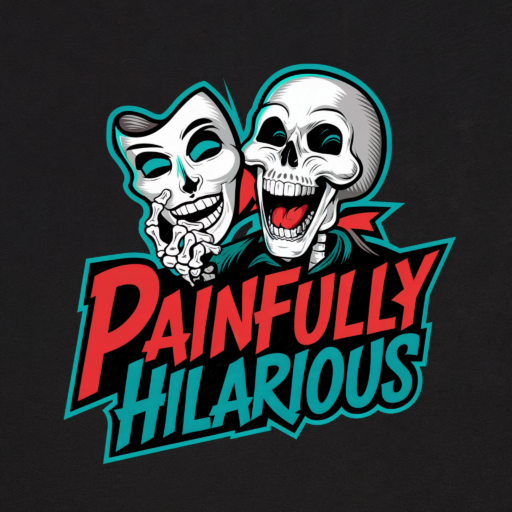Ah, physical therapy—the art of turning your body into a pretzel under the guise of healing. For those of us with chronic pain, it’s often seen as either a beacon of hope or a medieval torture session. So, which is it? Let’s unravel the mystery with a healthy dose of skepticism and dark humor.

Stretching the Limits of Belief
Let’s start with the basics: physical therapy is often recommended as a first-line treatment for chronic pain. The idea is to improve strength, flexibility, and function while reducing pain. Sounds great, right? Except when you’re actually in the therapist’s office, being asked to do exercises that make you question your life choices. Research supports the effectiveness of physical therapy for chronic pain, but it often feels like you’re auditioning for Cirque du Soleil rather than a medical treatment.Studies have shown that physical therapy can significantly improve pain and function in patients with chronic pain conditions such as fibromyalgia, arthritis, and chronic lower back pain.
The Joy of Manipulation
Manual therapy, a fancy term for “we’re going to move your body parts around until they work,” is a common practice in physical therapy. This can include joint mobilizations, manipulations, and soft tissue techniques. Think of it as having a professional contortionist use your body as their personal stress ball. Despite the discomfort, studies have shown significant improvements in pain and function with manual therapy.For instance, a systematic review found that manual therapy combined with exercise significantly reduced pain and improved function in patients with chronic low back pain.
The Exercise in Futility
Therapeutic exercises are a staple in physical therapy. These aren’t your average gym workouts; they’re specific exercises designed to target your pain points and strengthen your body. However, when you’re in the middle of a set of wall squats, it’s hard to remember that this is for your own good. The evidence suggests that these exercises can be incredibly beneficial, but only if you can muster the willpower to keep doing them without crying. Research indicates that therapeutic exercises can improve pain and physical function in chronic pain patients, particularly when the exercise regimen is followed consistently.
The Ice and Fire Game
Heat and cold therapy are also part of the physical therapy repertoire. One minute, you’re being iced like a fish at the market; the next, you’re being heated like a Thanksgiving turkey. This alternating game of ice and fire is meant to reduce inflammation and pain. It’s like the therapist is trying to turn you into a human fondue pot, but with science to back it up.Studies support the use of heat and cold therapy as part of a multimodal approach to managing chronic pain, showing reductions in pain and improvements in mobility.
The Mind-Body Connection
Physical therapy isn’t just about physical exercises; it’s also about connecting the mind and body. Techniques like biofeedback and relaxation training are used to help patients become more aware of their pain and learn how to control it. It’s a bit like being asked to tame a wild animal with soothing words—challenging, but not impossible.Research highlights the benefits of mind-body techniques in physical therapy for chronic pain, indicating improvements in pain perception and overall quality of life.
Compliance: The Ultimate ChallengeOne of the biggest hurdles in physical therapy is compliance. Patients often drop out because the exercises are painful, boring, or both. Sticking with the program is crucial for seeing results, but it’s tough when every session feels like an episode of “Survivor: Physical Therapy Edition.” Research shows that adherence to a physical therapy regimen significantly improves outcomes, so it’s worth gritting your teeth and pushing through. A study found that higher adherence rates in physical therapy are associated with better pain management and functional outcomes in chronic pain patients.
The Reality Check
Physical therapy can be an effective treatment for chronic pain, blending elements of what might feel like medieval torture with genuine therapeutic benefits. The key is to find a skilled therapist who can tailor the treatment to your specific needs and to stay committed, even when the going gets tough. So, the next time you find yourself questioning if physical therapy is torture or treatment, remember—it’s a bit of both. Embrace the pain (just a little) and you might find the relief you’ve been searching for.
Sources
1. [Physical activity and exercise for chronic pain in adults: an overview of Cochrane Reviews]
2. [Exercise for treating fibromyalgia syndrome]
3. [Exercise therapy for treatment of non-specific low back pain]
